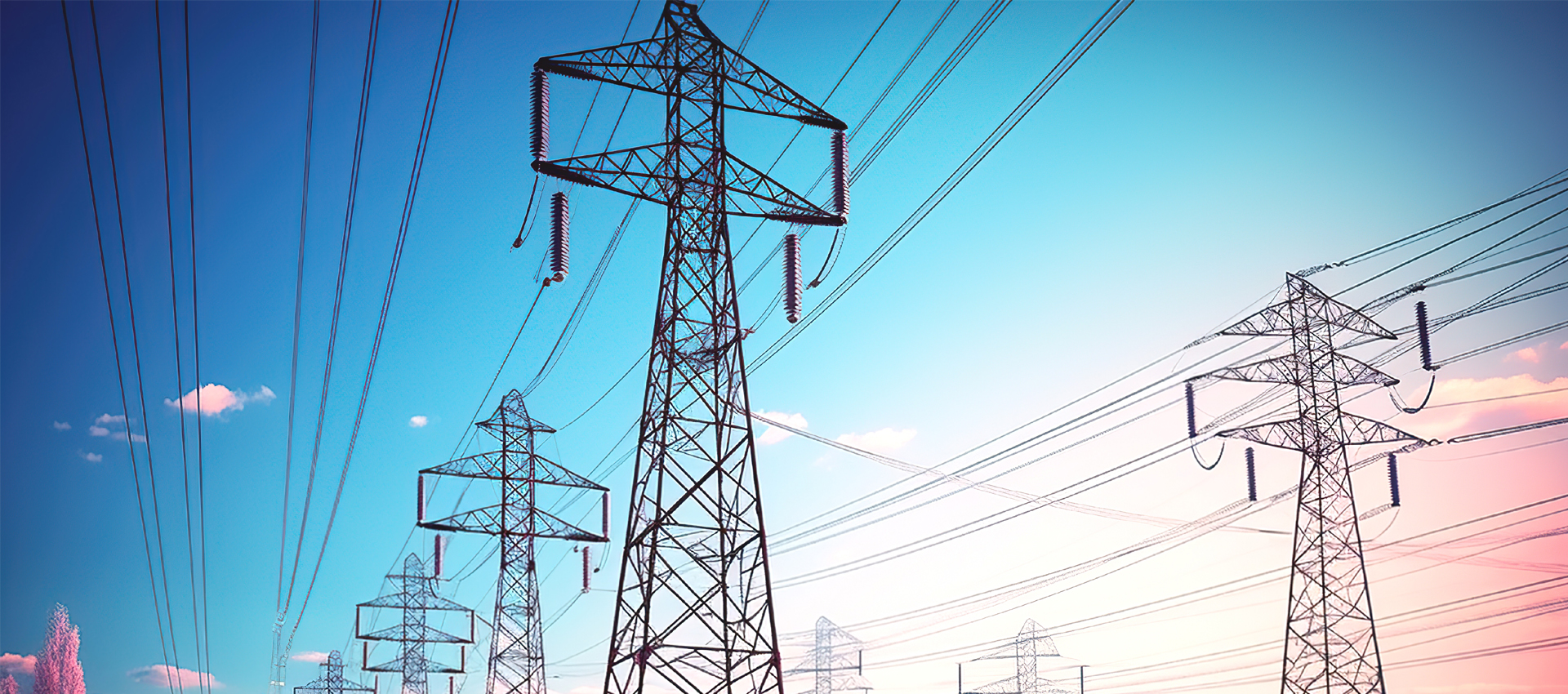What is Transmission Line?
Ordinary electrical cables suffice to carry low frequency alternating current (AC), such as mains power, which reverses direction 100 to 120 times per second, and audio signals. However, they are not generally used to carry currents in the radio frequency range,[1] above about 30 kHz, because the energy tends to radiate off the cable as radio waves, causing power losses. Radio frequency currents also tend to reflect from discontinuities in the cable such as connectors and joints, and travel back down the cable toward the source.[1][2] These reflections act as bottlenecks, preventing the signal power from reaching the destination. Transmission lines use specialized construction, and impedance matching, to carry electromagnetic signals with minimal reflections and power losses. The distinguishing feature of most transmission lines is that they have uniform cross sectional dimensions along their length, giving them a uniform impedance, called the characteristic impedance,[2][3][4] to prevent reflections. Types of transmission line include parallel line (ladder line, twisted pair), coaxial cable, and planar transmission lines such as stripline and microstrip.[5][6] The higher the frequency of electromagnetic waves moving through a given cable or medium, the shorter the wavelength of the waves. Transmission lines become necessary when the transmitted frequency's wavelength is sufficiently short that the length of the cable becomes a significant part of a wavelength. At frequencies of microwave and higher, power losses in transmission lines become excessive, and waveguides are used instead,[1] which function as "pipes" to confine and guide the electromagnetic waves.[6] Some sources define waveguides as a type of transmission line;[6] however, this article will not include them.

